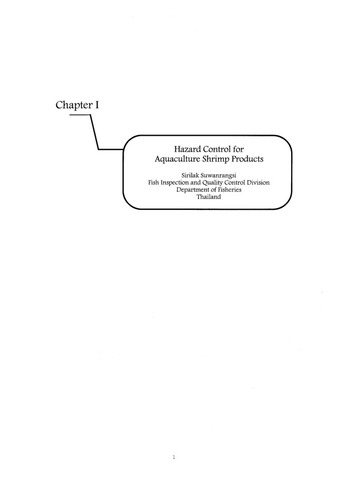Components and implementation strategies for effective hazard monitoring and early warning
Share
Abstract
Effective monitoring of hazardous incidents for timely dissemination of notifications and warnings involves a thoughtful mixture and application of information, technology and intuitional processes. It starts with the identification of the right data - data to be used in decision making processes - from the right sources - authoritative sources that can be trusted and relied upon. Processes must then be developed to routinely and swiftly acquire, process, and ingest these data into an early warning system (EWS). Decision criteria - sometime referred to as business rules - must be established to transform these data into actionable information, including for the dissemination of warning messages. Finally, the warning messages must be quickly and securely transmitted to the intended recipients, often via redundant mechanisms to insure receipt. Of course, warning messages themselves, even if timely, accurate, and actionable, are not sufficient without an overall context in which to assess them as well as pre-established processes for taking actions, sometimes referred to as Standard Operating Procedures (SOPs). However, even the best SOPs will be ineffective if their users are not adequately skilled and knowledgeable. This generally means that a training and exercise program must be a key component of any successful monitoring and warning system. These elements of effective monitoring - and strategies for their implementation - are described and illustrated via the Pacific Disaster Center s DisasterAWARE all-hazards monitoring, early warning and decision support system.
Suggested Citation
Chiesa, C., Leat, V., & Bean, J. (2019). Components and implementation strategies for effective hazard monitoring and early warning. In E. A. Tendencia, L. D. de la Peña, & J. M. V. de la Cruz (Eds.), Aquatic Emergency Preparedness and Response Systems for Effective Management of Transboundary Disease Outbreaks in Southeast Asia: Proceedings of Asean Regional Technical Consultation, 20-22 August 2018, Centara Grand Central Ladprao, Bangkok, Thailand (pp. 66-71). Tigbauan, Iloilo, Philippines: Aquaculture Department, Southeast Asian Fisheries Development Center.
Subject
Related items
Showing items related by title, author, creator and subject.
-
Hazards in the hatchery
Castaños, Milagros T.; Southeast Asian Fisheries Development Center, Aquaculture Department (Aquaculture Department, Southeast Asian Fisheries Development Center, 1994) -
Hazard control for aquaculture shrimp products
Suwanrangsi, Sirilak (Marine Fisheries Research Department, Southeast Asian Fisheries Development Center, 1997) -
Chilled storage of Malaysian fishballs and hazards and CCP analyses
Yu, S. Y.; Lee, C. C. (Marine Fisheries Research Department, Southeast Asian Fisheries Development Center, 1997)Fishballs from six local factories were stored at 5°C for 1, 2, 3, 4, 7 and 10 days. There were no changes in texture at 3 days of storage but bacterial spoilage rendered the fishballs unacceptable by the fourth day. Most ...





